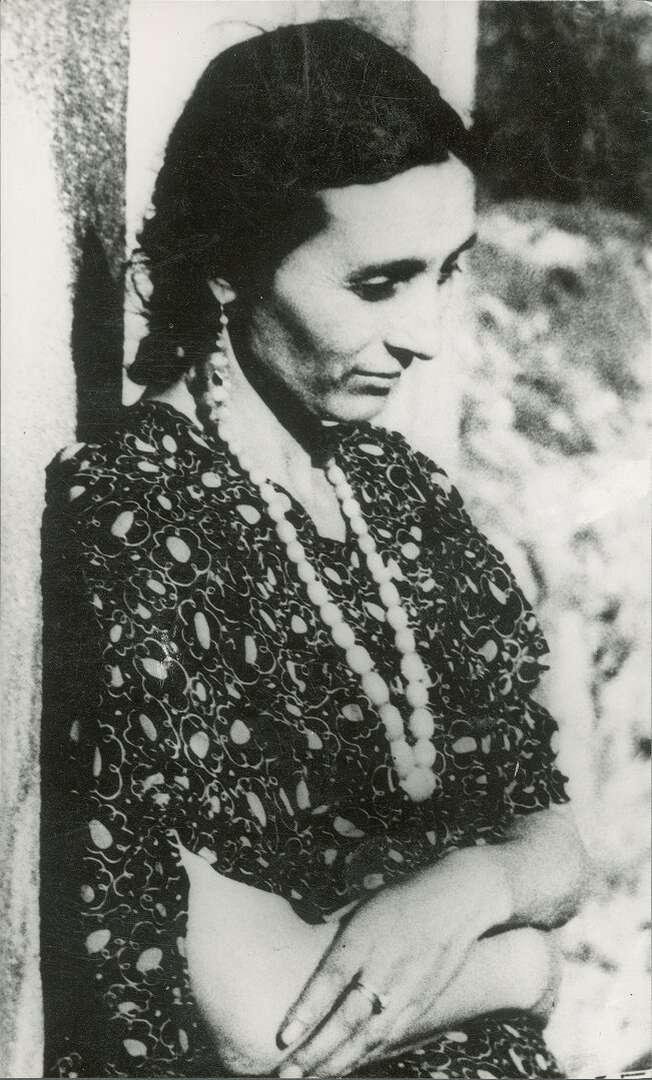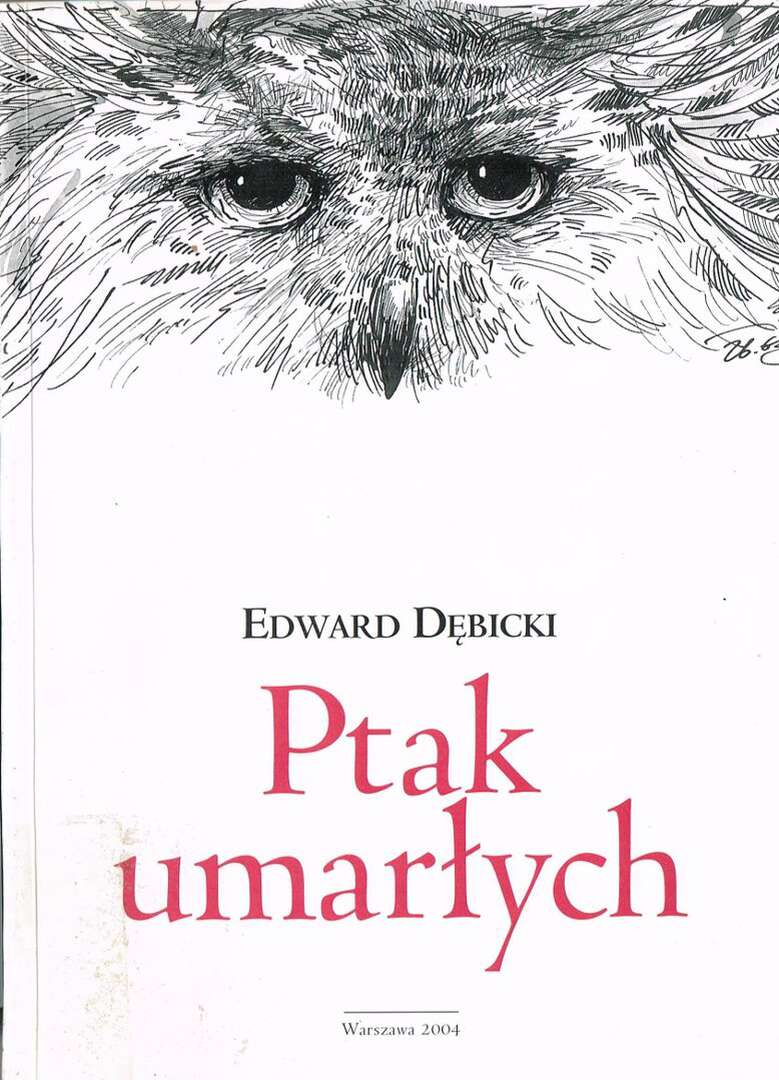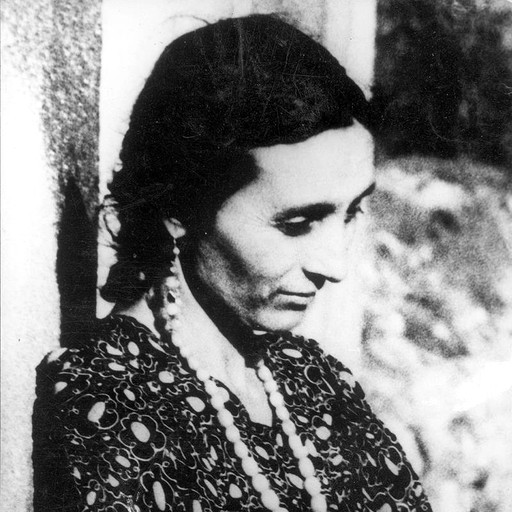A turning point in the history of the Roma in Poland is marked by the transition from an itinerant to a sedentary life. That transition – which took place under the government assimilation campaign that began in 1952 and peaked in 1964, when Roma were forbidden to live in their covered wagons – is reflected in their literary work, whose evolution can be divided into two parts.
The Literary Work of the Roma in Poland Before and After Enforced Settlement
The first part includes the anonymous oral works that are well known through ethnographic records from the beginning of the 19th to the middle of the 20th century. The second part comprises the works of well-known authors since the second half of the 20th century. Pioneering work in this field was conducted by ‘Papusza’ Bronisława Wajs.

The first Polish Romani studies, which were devoted mainly to linguistic aspects, provide almost no insights into the literary work of the Roma. In his treatise ‘O Cyganach. Wiadomość historyczna, czytana na posiedzeniu publicznem Cesarskiego Uniwersytetu Wileńskiego’ [About the Gypsies. Historical Message Read at a Public Session of the Imperial University of Vilnius] of 1824, Ignacy Daniłowicz pointed to the mystification in which the ‘Gypsy people’ had allegedly shrouded their language. In accordance with the spirit of the time, which was marked by misinformation and stereotypes, Daniłowicz went on to state that ethnographers had identified Roma as descending from a ‘lower Hindu caste’, as a result of which the Romani ethnic group had no inclination towards the ‘noble arts’.
By contrast, in his treatise ‘Rys historyczny ludu cygańskiego’ (‘Historical sketch of the Gypsies’) of 1830, Teodor Narbutt wrote about the ‘natural talent’ of Romani poets and their skill in composing songs and improvising epics ‘without any practice’. He emphasised the song-like qualities of their poetry and esteemed the use of mnemonic techniques.
In the second half of the 19th century, the ethnographer Izydor Kopernicki collected and wrote down 30 songs of the sedentary Polish.
Glossary: Bergitska Roma

In 1925 and 1930, his notations appeared in a Romani-French edition. Jerzy Ficowski (1924–2006), a poet, folklorist and translator of the works of ‘Papusza’ Bronisława Wajs, continued to research the anonymous literary works of Roma in Poland.
Ficowski published two essays that are fundamental for Polish Romani studies: ‘Cyganie polscy’ [Polish Gypsies] of 1953 and ‘Cyganie na polskich drogach’ [Gypsies on Polish Paths] of 1965, in which he quoted from some of the works of Bergitska Roma. In their sedentary life, which by that time had continued for more than 100 years, the writer believed to have identified the reason for their loss of customs and traditions, including the improvisation of songs. He predicted the same development for another Romani group, the Polish Roma, who had likewise been forced to live a settled life. Ficowski further underlined the ahistorical character of Romani songs, while pointing out one exception – a song about the extermination of the Roma during the Second World War.
Bronisława Wajs aka Papusza was the first Romani poet in Poland whose poems were published. The publication in 1956 of the first bilingual (Polish-Romani) volume of poetry Pieśni Papuszy / Papušakre gila, for which Jerzy Ficowski undertook the Polish translations, was received with contempt by Roma but other Romani poets nonetheless followed suit. Papusza's poems, which are of paramount importance for Polish Romani poetry as a whole, are characterised by a song-like quality, formal simplicity and brevity. In her poems Papusza addresses traditional customs, life in the covered wagon and the identity of Roma in Poland ( see ‘Ratfałé jaspá / Krwawełzy / Bloody Tears’, ‘Gilí romańi / Pieńń cygańska / Gypsy Song’ [‘Gypsy song’] and ‘Phúv mirí / Tiemio moja / My Earth’).
Bronisława Wajs (born Zielińska) is widely known under the pseudonym ‘Papusza’ (which means ‘doll’). She was born in Sitaniec, Poland on 17 …
After the Second World War a number of Romani folklore bands were formed in Poland. In pop music, ‘Gypsy folklore’ became fashionable. Jerzy Ficowski and Agnieszka Osiecka wrote lyrics based on specific motifs attributed to Roma (so-called ‘Gypsy motifs’), which would then be performed by the biggest stars, including Maryla Rodowicz, Edyta Geppert, Anna German, the bands ‘Trubadurzy’ and ‘Czerwone gitary’. The popularity of the song and dance ensemble ‘Roma’ and the music theatre group ‘Terno’ motivated other Romani artists to publish their work as well.
After Papusza, the best-known contemporary Polish Romani poets include Teresa Mirga, Izolda Kwiek, Edward Dębicki, Adam Andrasz, Karol Gierliński, Stanisław Stankiewicz, Jan Mirga, Dariusz Mirga and Don Wasyl (real name: Kazimierz Doliński). The first Polish Romani journal, Rom p-o Drom, played an important role in the publication of their work, as did the poetry series ‘Romani Library’, edited by the Polish Romani studies scholar Adam Bartosz. The main topics of Romani poetry published after the collapse of Communism are – besides the formation of subjectivity – the martyrdom of the Roma during the Second World War and nostalgic memories of life in the tabor (a travelling and camping wagon community).
Notably, these themes also appear frequently in the works of poets whose ethnic groups have been leading a sedentary life for generations; for example, the poems of Teresa Mirga, the director of the ensemble ‘Kałe Bała’, which performs ethnic music based on the multiculturalism of the Zips region, and Izolda Kwiek, the director of the ensembles ‘Tabor’ and ‘Mały Tabor’. Both write mainly love poems and verses with a religious content. An integral part of their poetry is the dialogue with nature and the sense of being rejected by non-Roma (gadje).
The transition from an itinerant to a sedentary life brought with it the need to adapt to urban living. The difficulties this causes are dealt with in the poems of Adam Andrasz, including ‘Miejska noc’ [City Night] from 1992, which opens with the lines:
»Brak Ci szumu wiatru /
Śpiewu lasu /
Czy turkotu kół taboru /
Który meandrami /
Kołysał Twoje dzieciństwo«‘You are missing the swoosh of the wind /
Andrasz, 1992: 11
the singing of the forest /
the rattling of the wagons /
that rocked your childhood /
in meandering’.
Similar expressions can be found in the writings of Don Wasyl (born 1950, aka Wasyl Szmidt und Don Vasyl Szmidt), the founder of a well-known Romani ensemble, initiator and organizer of the International Festival of Romani Songs and Romani Culture. In his poem ‘Pasażerowie niebieskiego taboru’ [Passengers of the blue tabor], which appeared in the 1998 volume of the same name, he writes:
‘my już nie wędrujemy / nasze domy nie mają kół [...] /
dawno już też ... / zapomnieliśmy o was /
– pasażerowie niebieskiego taboru’‘We no longer move / our houses have no wheels [...] /
Don Wasyl, 1998: 21
already long ago ... /
you have been forgotten /
– you passengers of the blue tabor’
The 2007 collection of poems Kto nas ocali [Who Saves Us] by Jan Mirga, another Polish Romani poet, includes poems in the form of the haiku about nature. Although in these poems the speakers also find peace in the travelling way of life, there are no conventional ‘memories’ of life in the tabor to be found in Mirga’s works. Rather, they touch upon themes such as the separation between the settlements of Roma and the gadje, thereby painting a picture that is closer to the historical truth. An important point of reference in the work of all of these writer remains the legendary Polish Romani poet, Papusza (Bronisława Wajs).
In the works of many poets, a close affinity with folklore is evident, for example, in the fairy tales of Jan Mirga and in the poems of Karol Gierliński.
An important contemporary literary movement focuses on the memories of war experiences and the end of the era of travelling in wagons (‘Ptak umarłych’ / ‘Dead Bird’ I and II") by Edward Dębicki and ‘Kto nas ocali’ / ‘Who saves us’ by Jan Mirga). More recent publications include Romani fairy tales that have been passed down orally.

Rights held by: Emilia Kledzik (text) — Mina Lunzer (translation) | Licensed by: Emilia Kledzik (text) — Mina Lunzer (translation) | Licensed under: CC-BY-NC 3.0 Germany | Provided by: RomArchive




